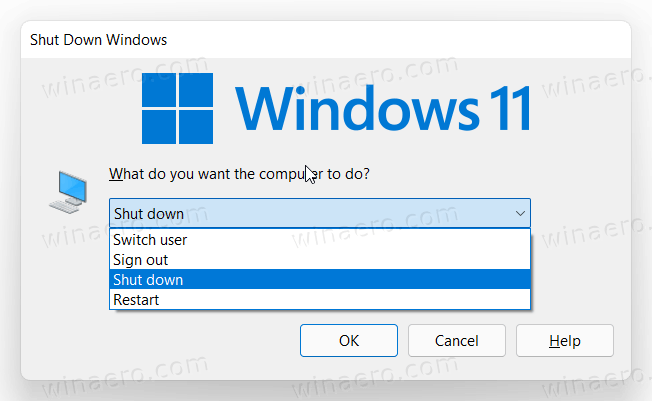The Shutdown command is a Windows operating system command that allows users to shut down, restart, hibernate, or log off their computer from the comm
The Shutdown command is a Windows operating system command that allows users to shut down, restart, hibernate, or log off their computer from the command prompt or PowerShell.
To use the Shutdown command, open the command prompt or PowerShell and type “shutdown” followed by various parameters to specify the action to be taken, such as the time delay before the shutdown, the reason for the shutdown, and whether to force running applications to close.
For example, to shut down the computer immediately, type “shutdown /s /t 0” in the command prompt or PowerShell. The “/s” parameter specifies the shutdown action, while the “/t 0” parameter sets the delay before the shutdown to 0 seconds.
The Shutdown command can be useful for automating system shutdowns, scheduling maintenance tasks, and performing remote shutdowns on other computers on a network. However, it should be used with caution as it can cause data loss if there are unsaved changes in running applications.

Learn how to use the Shutdown command in Windows 11 to power off or restart your computer in just a few simple steps.
Introduction:
In Windows 11, there are different ways to shut down or restart your computer, such as using the Start menu, power button, or keyboard shortcuts. However, did you know that you can also use a command prompt to perform these actions? This article will guide you on how to use the Shutdown command in Windows 11, along with some tips and tricks to make the process faster and more efficient.
Headings:
- How to access the Command Prompt in Windows 11
- Shutdown command Windows 11 | How to use
- Common parameters and switches for the Shutdown command
- How to create a Shutdown shortcut on your desktop
- Advanced tips and tricks for using the Shutdown command
Sub Headings:
1.1. Using the Start menu search
1.2. Using the Run dialog box
1.3. Using the Task Manager
1.4. Using keyboard shortcuts
2.1. Syntax of the Shutdown command
2.2. Using the -s parameter to shut down your computer
2.3. Using the -r parameter to restart your computer
2.4. Using the -f parameter to force close all applications
2.5. Using the -t parameter to set a time delay before shutdown
3.1. /i parameter: Displaying the Remote Shutdown Dialog Box
3.2. /l parameter: Logging off the current user
3.3. /a parameter: Aborting a shutdown process
3.4. /h parameter: Hibernating the computer
3.5. /p parameter: Turning off the computer without performing a clean shutdown
4.1. Creating a basic Shutdown shortcut
4.2. Adding parameters to a Shutdown shortcut
4.3. Customizing the icon of a Shutdown shortcut
5.1. Using the Shutdown command in batch scripts
5.2. Using the Shutdown command remotely on other computers
5.3. Using the Shutdown command with PowerShell
5.4. Troubleshooting common issues with the Shutdown command
Bullet Points:
- The Command Prompt is a powerful tool that allows you to execute various commands and perform advanced operations in Windows 11.
- To access the Command Prompt, you can use the Start menu search, Run dialog box, Task Manager, or keyboard shortcuts.
- The Shutdown command is a built-in command that allows you to shut down, restart, hibernate, or log off your computer from the Command Prompt.
- The syntax of the Shutdown command is “shutdown [parameter] [time]”.
- The most common parameters for the Shutdown command are -s (shut down), -r (restart), -f (force close), -t (time delay), -i (remote shutdown), -l (log off), -a (abort), -h (hibernate), and -p (turn off).
- You can create a Shutdown shortcut on your desktop to quickly access the command with specific parameters.
- You can customize the icon of a Shutdown shortcut to make it more recognizable and easy to use.
- Advanced users can use the Shutdown command in batch scripts, remotely on other computers, or with PowerShell.
- If you encounter any issues with the Shutdown command, you can try troubleshooting by checking your permissions, system settings, or antivirus software.
COMMENTS